Although most people naturally think of Egypt when the topic of pyramids comes up, they might be surprised to learn that Mexico, in fact, has more pyramids than that country over by the Nile River. Pyramids stretch across the vast landscape that is Mexico today. This is mainly due to Mexico’s deep cultural roots that date back to 1000 B.C.E. and the purpose the pyramids served during that time. The ancient civilizations of Mexico, namely the Aztecs and Mayans, built many of these pyramids as a reflection of devotion and dedication; a place for religious observance and, perhaps, communication with the stars.
Today, these pyramids in Mexico are accessible to tourists who travel to the land every year. There are many museums, ancient ruins, and unique experiences dedicated to the pyramids of Mexico. If seeing a pyramid has always been on that bucket list, but the harsh climate of Egypt was never that appealing, perhaps consider the land of Mexico.
Here are the top ten pyramids in Mexico that travelers should not miss.
Pyramids in Mexico
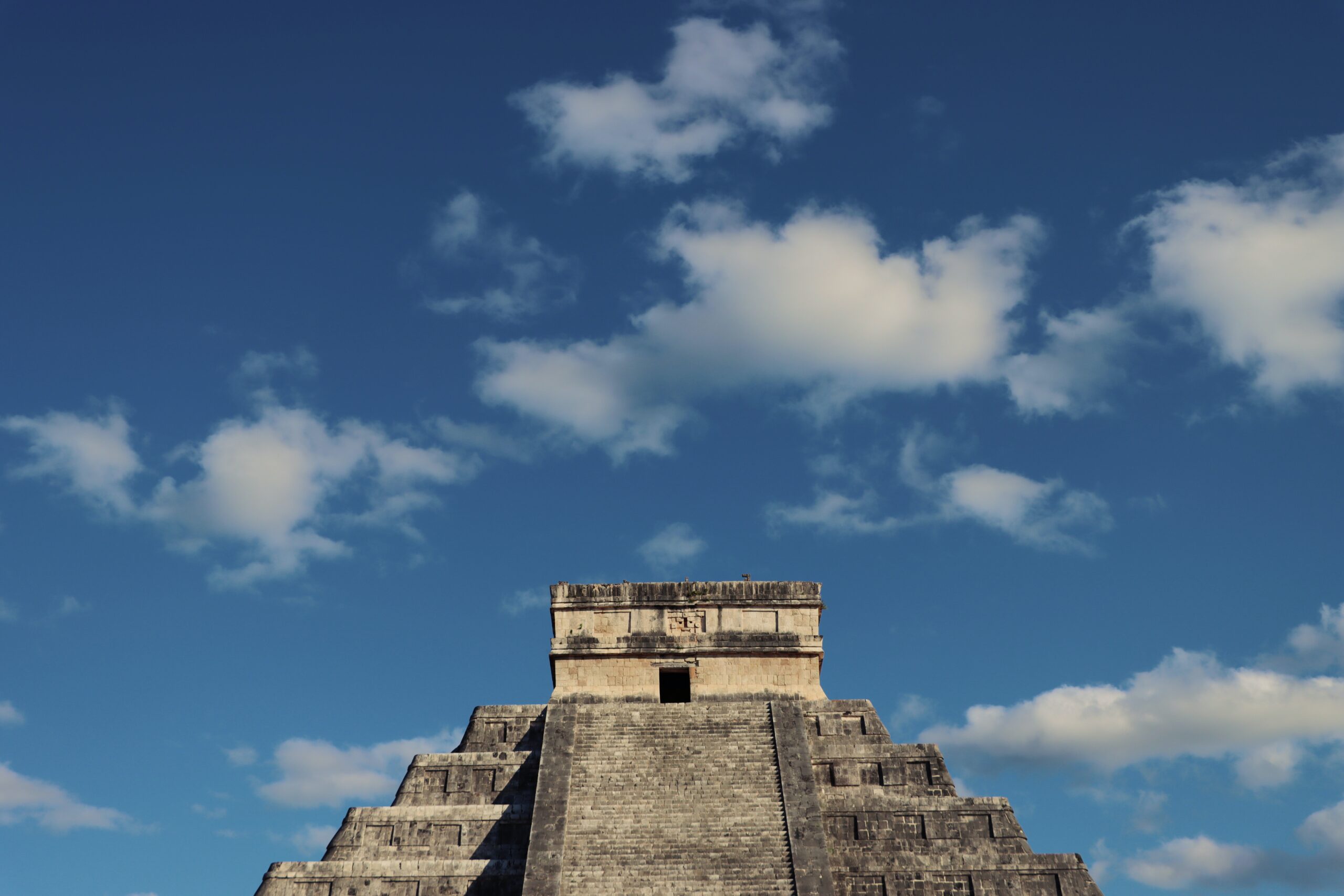
There are dozens of pyramids still standing in Mexico. Each one of these pyramids is unique and represents a riveting and ancient piece of history. Tours of the pyramids in Mexico provide an immersive cultural experience for visitors. Most of the pyramids in Mexico are easily reached due to the great public transit system in the country. Both private and public bus options are available (for private, many prefer Estrella des Oro).
Ixmoja
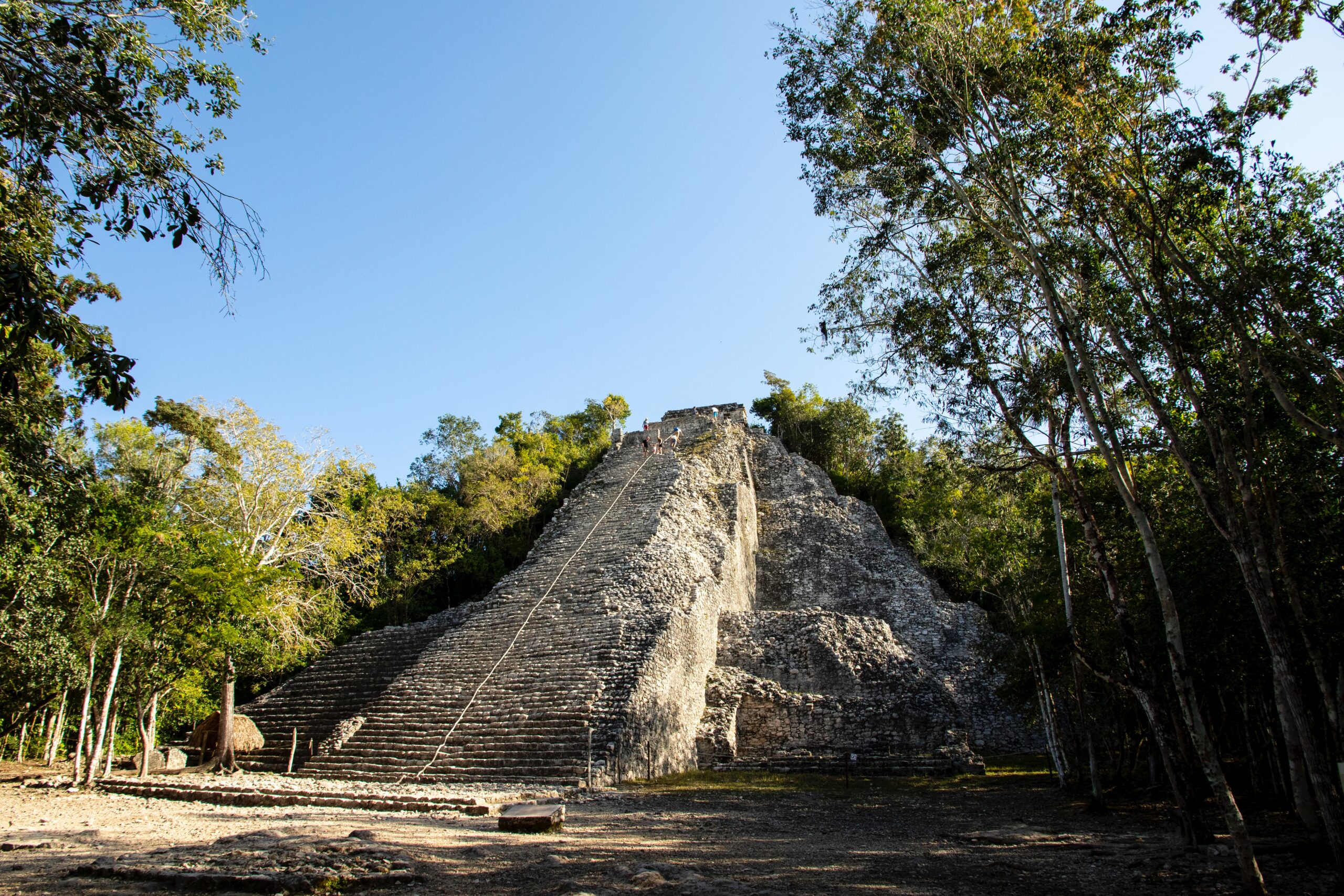
The Cobá ruins is one of the few sites that have retained its original Mayan name. Cobá was inhabited around 100 C.E. and was once the center of the city. The site is home to many structures, including the Ixmoja pyramid which is the largest of all the pyramids at Cobá. The pyramid stands at 138 feet tall and can still be climbed because it has been preserved so well. The Cobá site is around a 45-minute drive from Tulum and the entrance and parking fee combined is about $7.
The Pyramid of the Sun
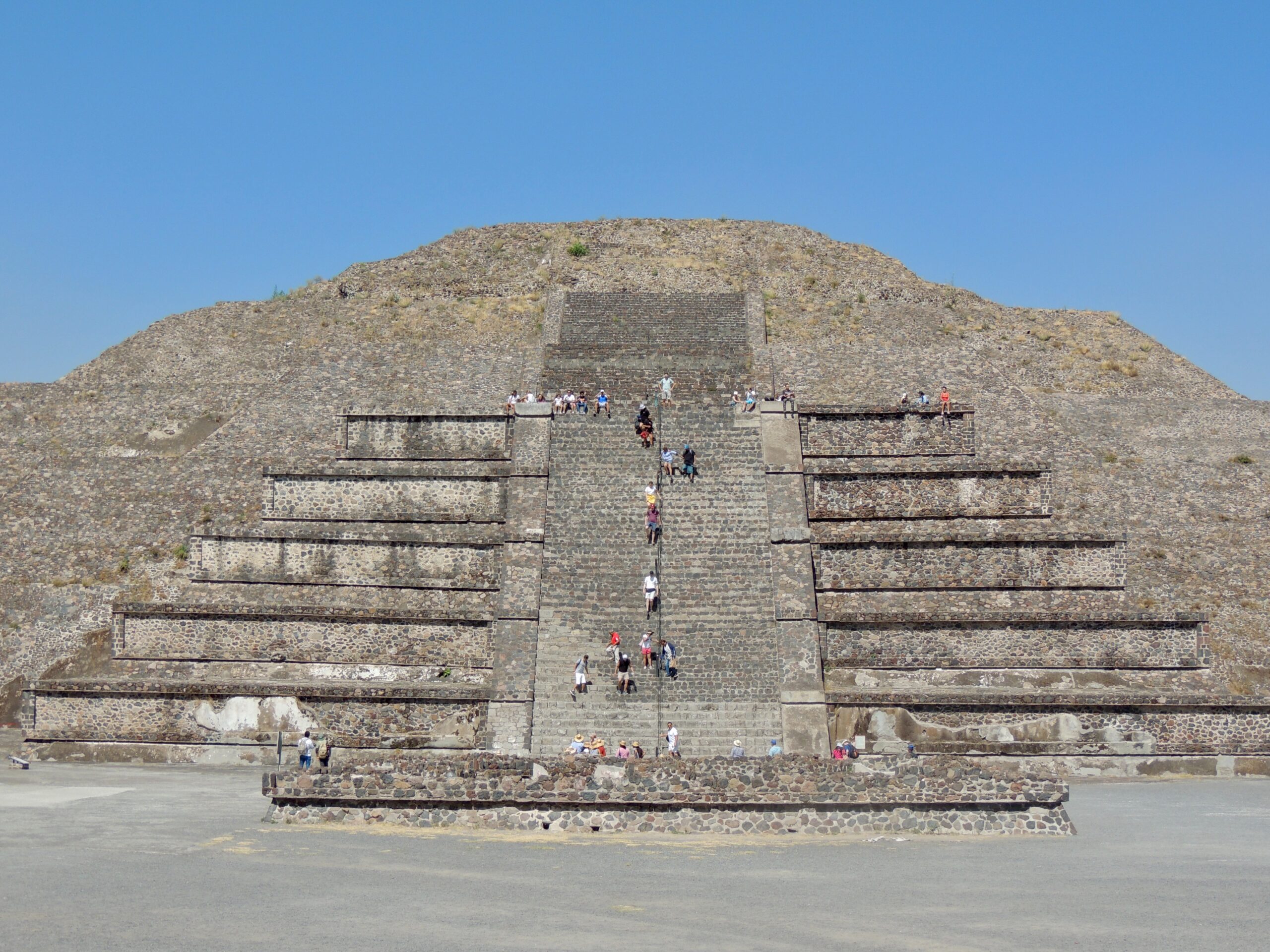
The holy city of Teotihuacán (which translates to “the place where the gods were created”) is about 30 miles from Mexico City. Teotihuacán was established somewhere around the first and seventh centuries C.E. and is situated in a grand valley. There are many pyramids in Teotihuacán, but the largest structure is the Pyramid of the Sun. The pyramid is 216 feet tall and the ancient city it sits on has gained popularity with tourists for the many relics and artifacts that have been discovered there.
El Torre
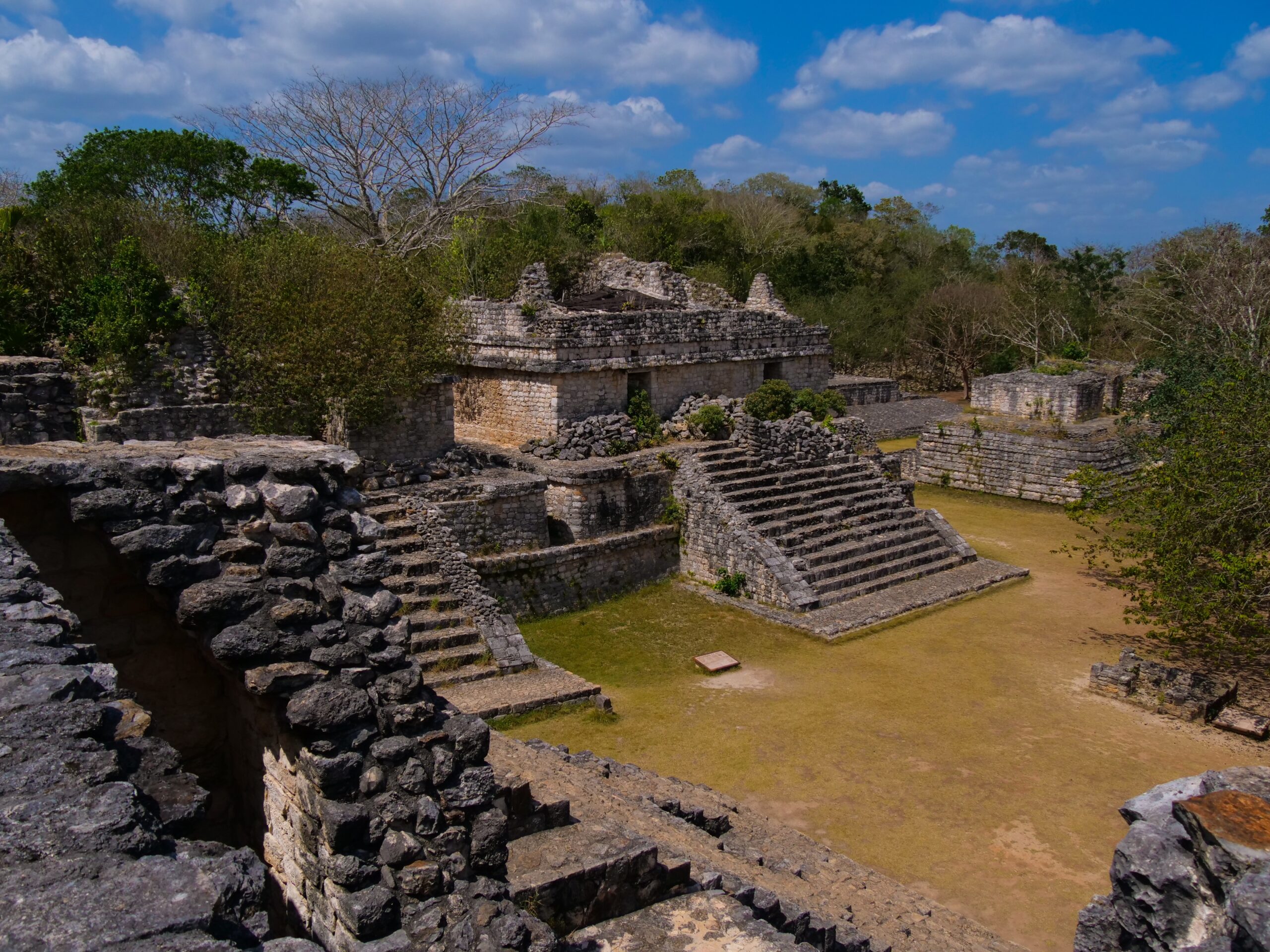
Ek Balam is a settlement off the beaten path. It is located about two hours away from Riviera Maya. Its pyramid, El Torre, is a 500 foot tall structure at the center of the ancient plaza. The city was at its peak in 800 C.E. and was ruled by Ukil-Kan-Lek-Tok. The tomb of Ukit-Kan-Lek-Tok is in the tower of El Torre and visitors can observe it and the surrounding archaeological structures on their visit to Ek Balam.
Chichén Itzá
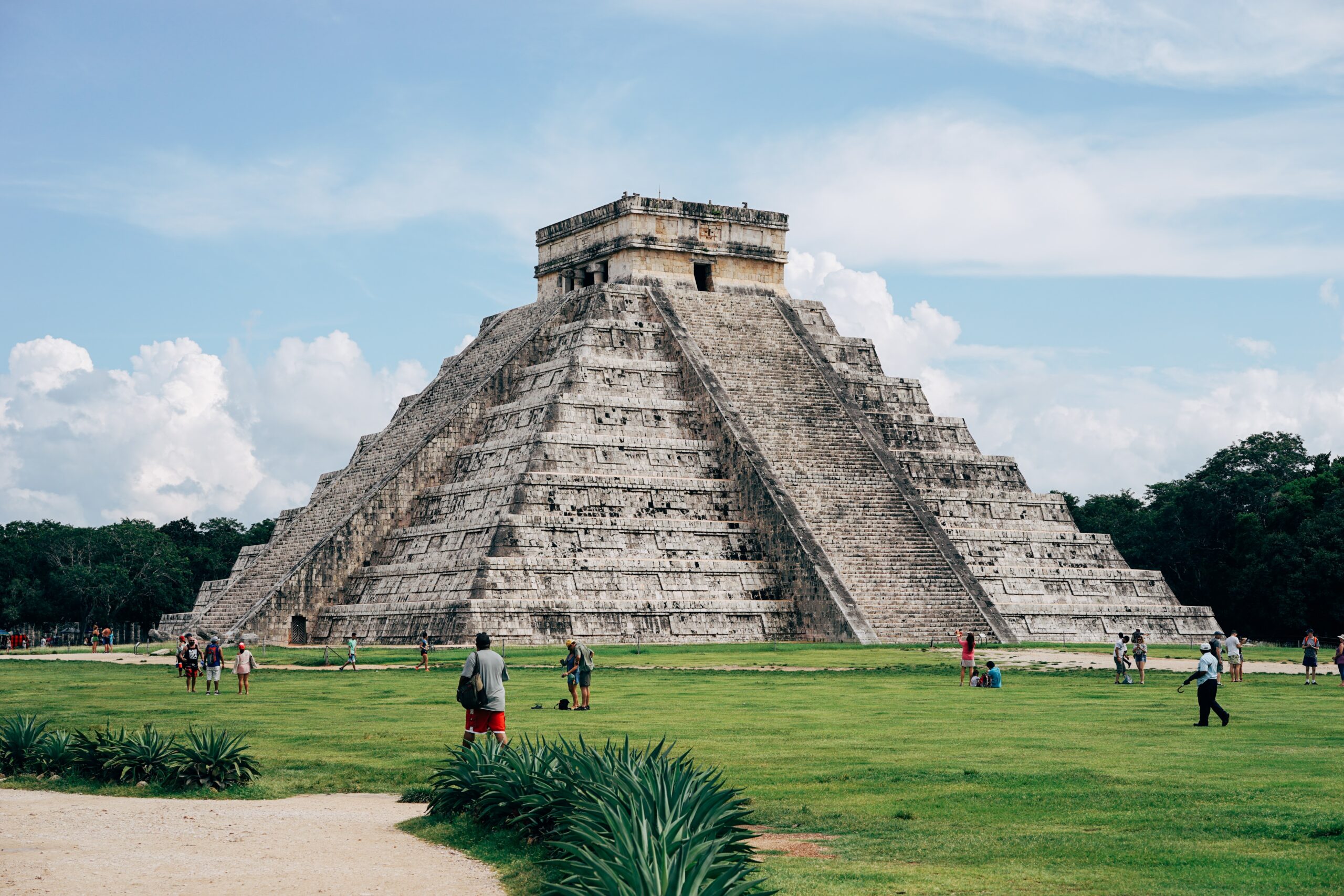
Chichén Itzá is a well-known archaeological site and pyramid which is located in the state of Yucatan. There are 26 Mayan ruins in Chichén Itzá for travelers to see. The main Mayan ruin at this site is the Chichén Itzá Pyramid, which is named El Castillo. The Castillo de Kukulcán practically dominates the center of the Chichén Itzá site since it is 98 feet tall and is, as a result, one of the most popular pyramids in Mexico to visit.
Palenque
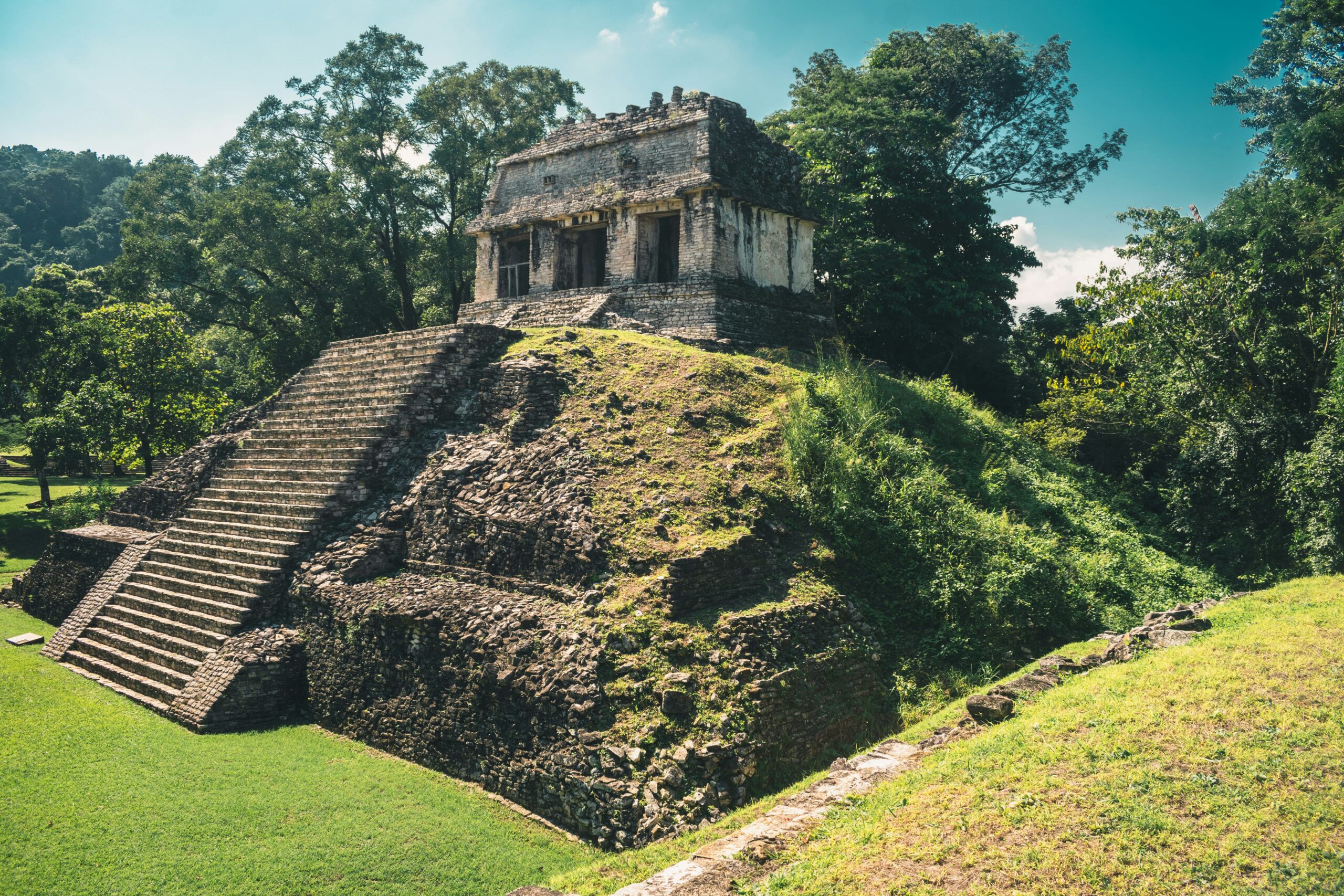
The Palenque ruin site is a UNESCO heritage site. Palenque is located in the Tumbalá mountains, which is about 400 miles from the Riviera Maya. Since it takes a three-day road trip from the beach to reach the pyramid, this site is better for travelers with plenty of time and patience. After the drive to Palenque, travelers can witness its structures which have been around since roughly the 7th century C.E. The largest temple is the Temple of Inscriptions, which is known for the hieroglyphics on its walls.
Uxmal

The Uxmal ruins, located south of Mérida, are quite popular. The ancient ruined city in the Yucatan state of Mexico is about a six hour drive from Mérida. The area was once home to nearly 20,000 Mayans and covers an area of about 150 acres. The Pyramid of the Magician is 115 feet tall and gets its name from a legend about a dwarf boy who was challenged to build a pyramid in one evening, which resulted in the Mayan pyramid.
La Venta
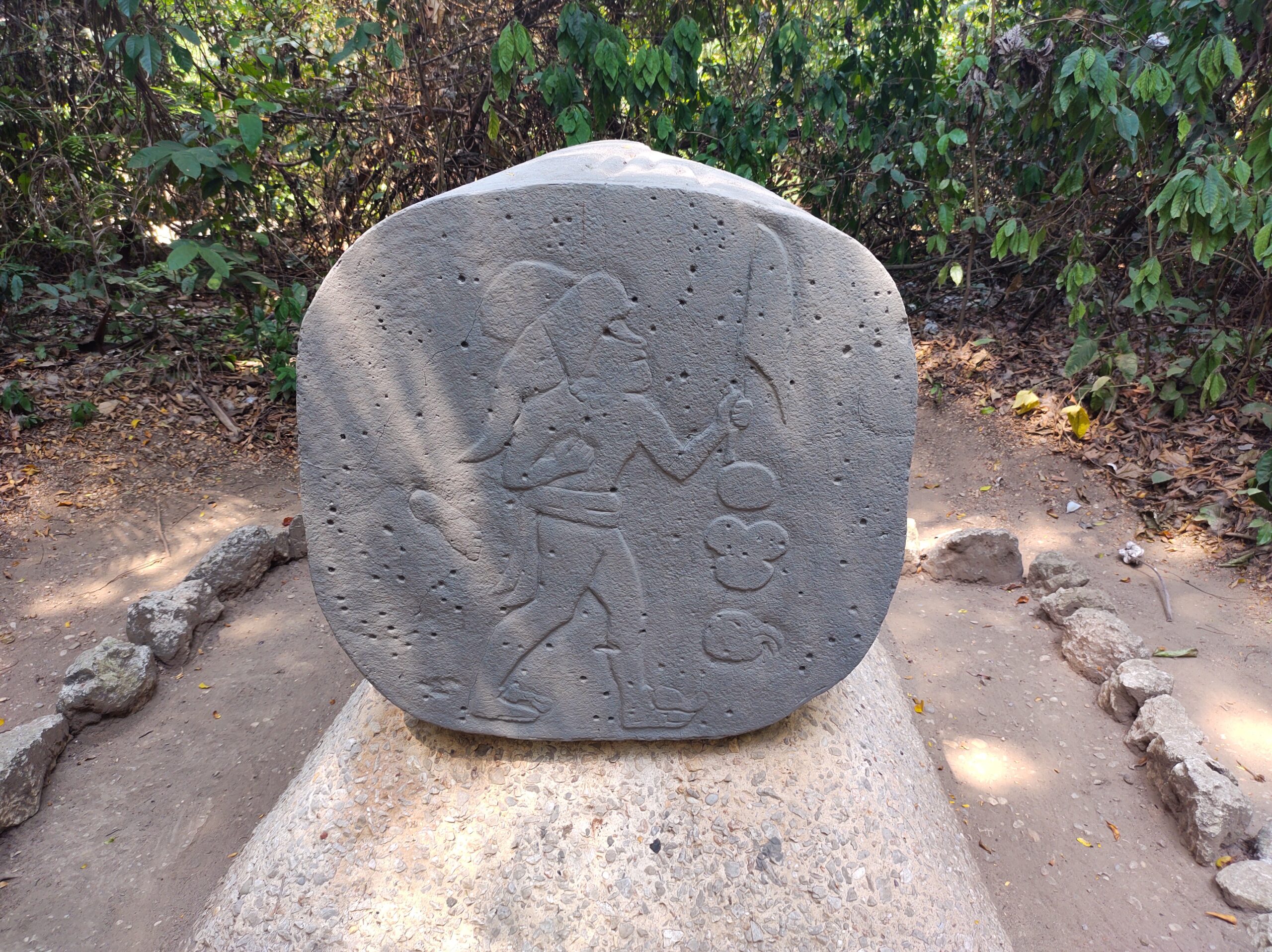
La Venta is an ancient settlement and archaeological site on the gulf coast of Mexico. At the heart of the site is a rounded pyramid which has been elevated since it was built around 900 B.C.E., to protect it from floods. The pyramid, constructed of clay and sand, is one of the earliest pyramids known in Mesoamerica. Today, the pyramid appears to be a rounded mound and can be viewed along with the La Venta Museum and park for a small cost.
Cholula
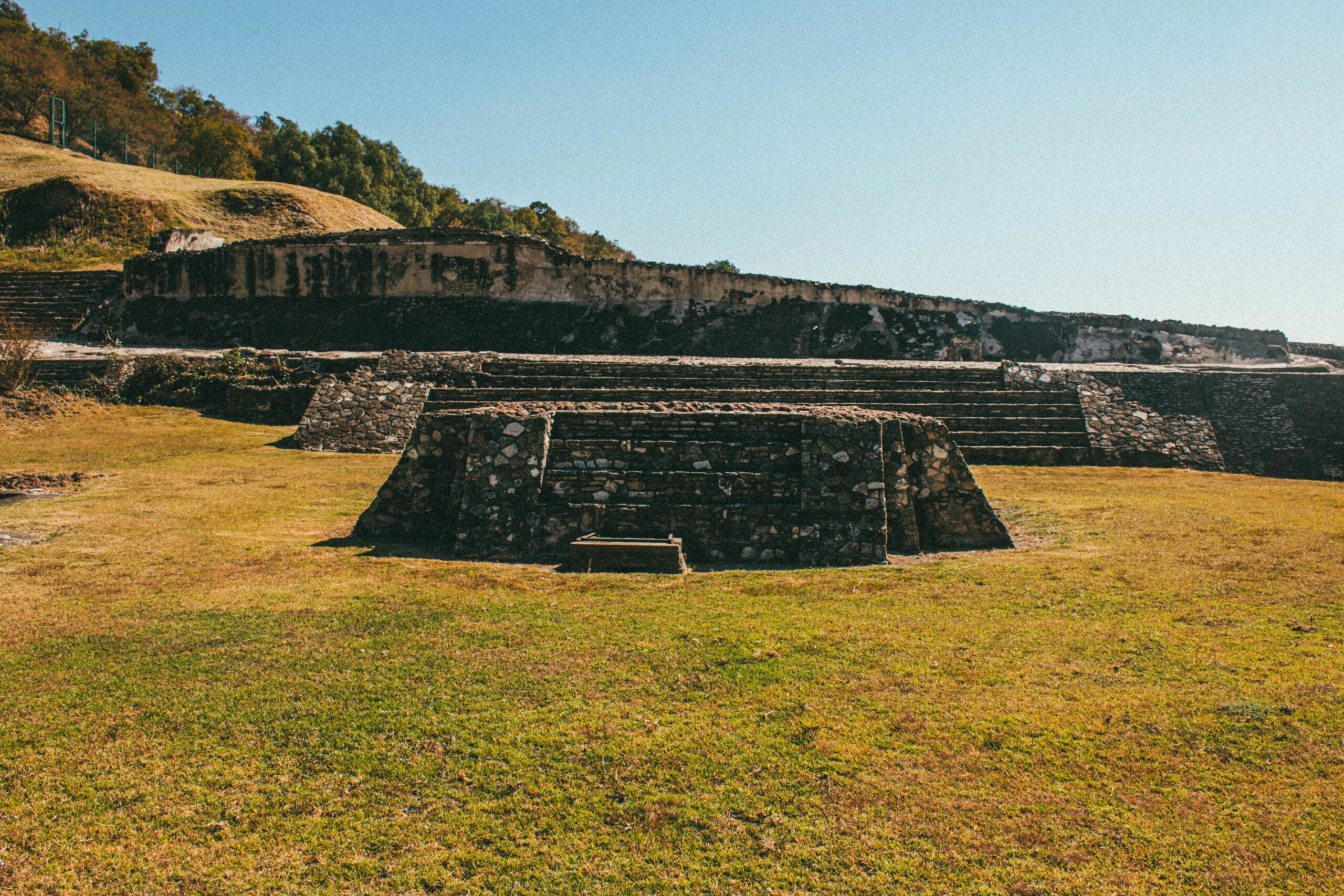
The Great Pyramid of Cholula, otherwise known as Tlachihualtepetl (the “man-made mountain”), is located near Puebla, Mexico, and is an easy 20-minute trip by car. The pyramid is one of the largest pyramids by volume and it even trumps the Great Pyramid of Egypt. What it lacks in height (at just 216 feet tall), it makes up for with its massive base, which covers nearly 1,500 feet. Travelers can learn more about how Cholula was once one of the most important cities in the Aztec Empire through an informational walking tour.
Tepozteco
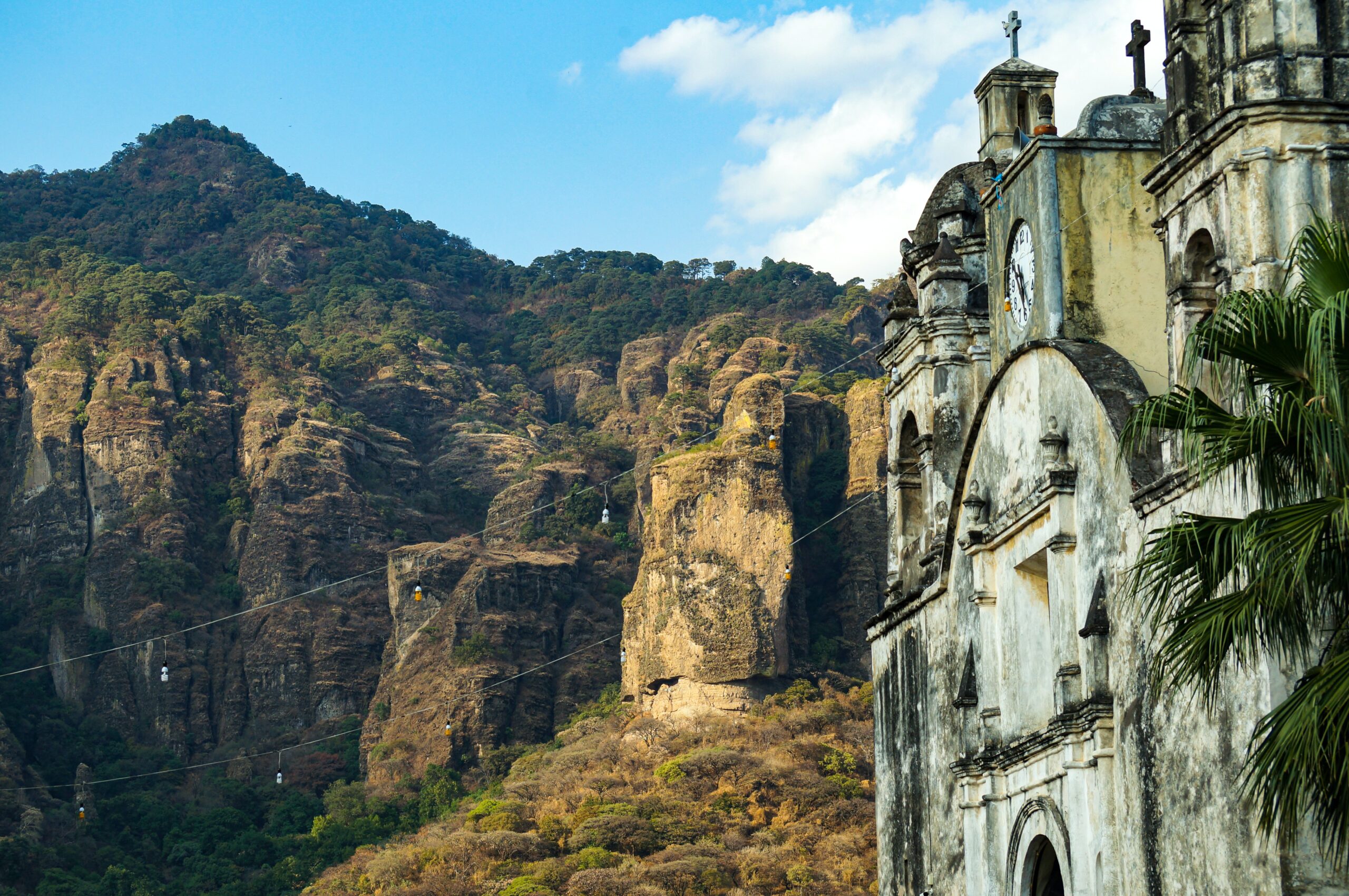
Tepozteco National Park spans 59,000 acres and is located south of Mexico City. The Tepozteco Pyramid is high in the mountains of Morelos and is a two-hour bus ride from Mexico City. The pyramid is estimated to have been built around the 1400s or 1500s and attracts travelers who want to discover the hidden gem for themselves. Today, tourists can explore the valley and pyramid on foot, but the hike is best suited for those comfortable with a walk that is a bit over one hour long. The stunning views of the Tepozteco Pyramid, which is 30 feet tall, are well worth the climb.
Cuicuilco
Cuicuilco is Mexico’s forgotten round pyramid, which is technically the first great city of Mexico’s valley. The base of the round pyramid was built around 1000 B.C.E. and it has a somewhat simple look to it. The ruins site is free for entry and is a relatively easy pyramid to explore due to its circular shape. The four-tiered pyramid has at least seven altars within its structure for travelers to explore. The Cuicuilco Museum is on-site and is a great resource for those who want to learn more.
